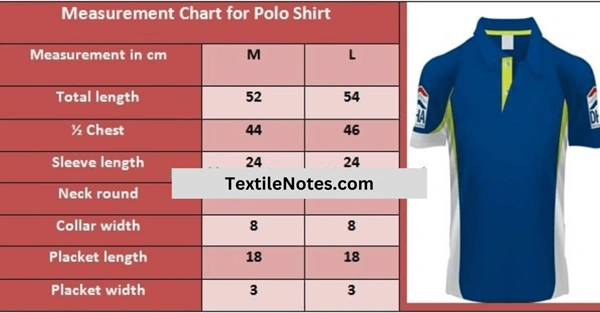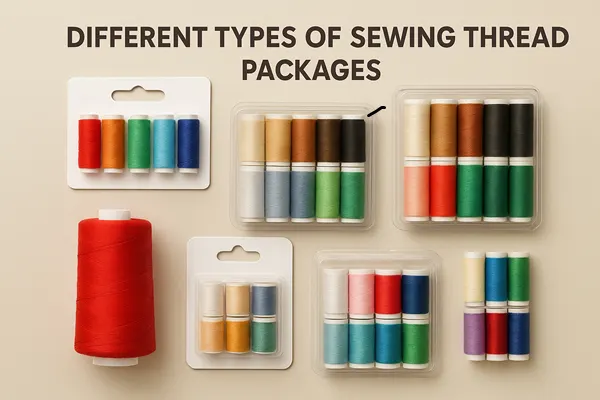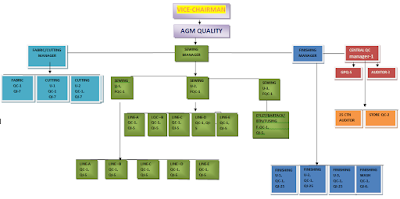How to Calculate Fabric Consumption for Polo Shirt in Apparel Industry
How to Calculate Fabric Consumption for Polo Shirt in the Apparel Industry?
Fabric Consumption for Polo Shirt in the Apparel Sector:
Fabric is the only raw material being used in any clothing. So fabric consumption, cost, and saving rate always a big matter in the apparel industry. For all these things, we first need to know about consumption. Accurate fabric consumption helps to achieve maximum profit in the apparel export-import business. Fabric consumption calculation will be a very easy task for apparel merchandisers if they maintain proper fabric consumption formula during consumption or apparel weight calculation. In another article, I have shared an article about How to calculate fabric consumption for T-shirts, this time I have shared How to Calculate Fabric Consumption for Polo Shirt in the Apparel Industry.

Fabric Consumption Calculation Method for Polo Shirt in Apparel Sector:
Calculate the fabric consumption for 30000 pcs knitted polo shirt with knit collar from the below fabric specifications and measurement chart.
- Fabric specification for body fabric – 95% Cotton single jersey and 5% Lycra (G.S.M- 170),
- Collar fabric specification – (2×2) Rib, 100% cotton (G.S.M- 210).
Solution:
Apparel Weight Calculation or Fabric Consumption Calculation Formula:
We will apply the following formula to calculate the fabric consumption for knitted polo shirt:
Fabric consumption or apparel weight calculation (Single jersey fabric),
[{(1/2 Chest + S.A) × (T.L + S.L + (2× H.A) + (2 × S.A)}] × G.S.M × 2
= ………………………………………………………..………………………… …… (1)
10000
And,
Flat knit collar fabric consumption (2×2 Rib fabric),
{(Collar width + S.A) × Neck round × G.S.M}
= ………………………………………………… …..… …….. (2)
10000
N.B: We have to multiply by 2, because flat knit collar is single layer fabric.
And,
Flat placket fabric consumption calculation (Single jersey fabric),
{(Placket width + S.A) × (Placket length + S.A) × G.S.M × 3}
= …………………………………………………………………..… … ….. (3)
10000
N.B: There is 3 or 4 fold in placket. As a result, it is multiplied by 3 or 4.
Here,
S.A stands for Seam allowance,
T.L is stands for Total length,
H.A stands for Hem allowance,
S.L stands for Sleeve length.
Fabric consumption calculation for L Size polo shirt:
Suppose,
Hem allowance is 2cm,
Seam allowance is 2cm,
So,
From equation-01, we get,
[(46+2) × {(54+24+ (2×2) + (2×2)}] × 170 × 2
= ………………………………………………………
10000
= 140.35gms
= 0.14kg
Again
From equation-02, we get,
{(8+2) × 50 × 210}
= ……………………………
10000
= 10.5gms
= 0.011kg
Again,
From equation- 03, we get,
{(3+2) × (18+2) × 170 × 3}
= …………………………………….
10000
= 5.1gms
= 0.001kg
So,
L size fabric consumption or apparel weight (for single jersey) is,
= (0.14+0.001) kg
= 0.141kg
And,
For 30000 pcs polo shirt, single jersey fabric needs,
= (Fabric consumption for one piece × Total order quantity)
= 0.141kg × 30000pcs
= 4230 kgs
Again,
L size fabric consumption or apparel weight (for 2×2 rib fabric) is 0.011kg
And,
For 30000pcs polo shirt, rib fabric needs,
= (Fabric consumption for one piece × Total order quantity)
= 0.011kg × 30000pcs
= 330 kgs
Fabric consumption varies based on garment size, pattern efficiency, and fabric type. Proper calculations ensure accurate costing and minimize fabric waste.



